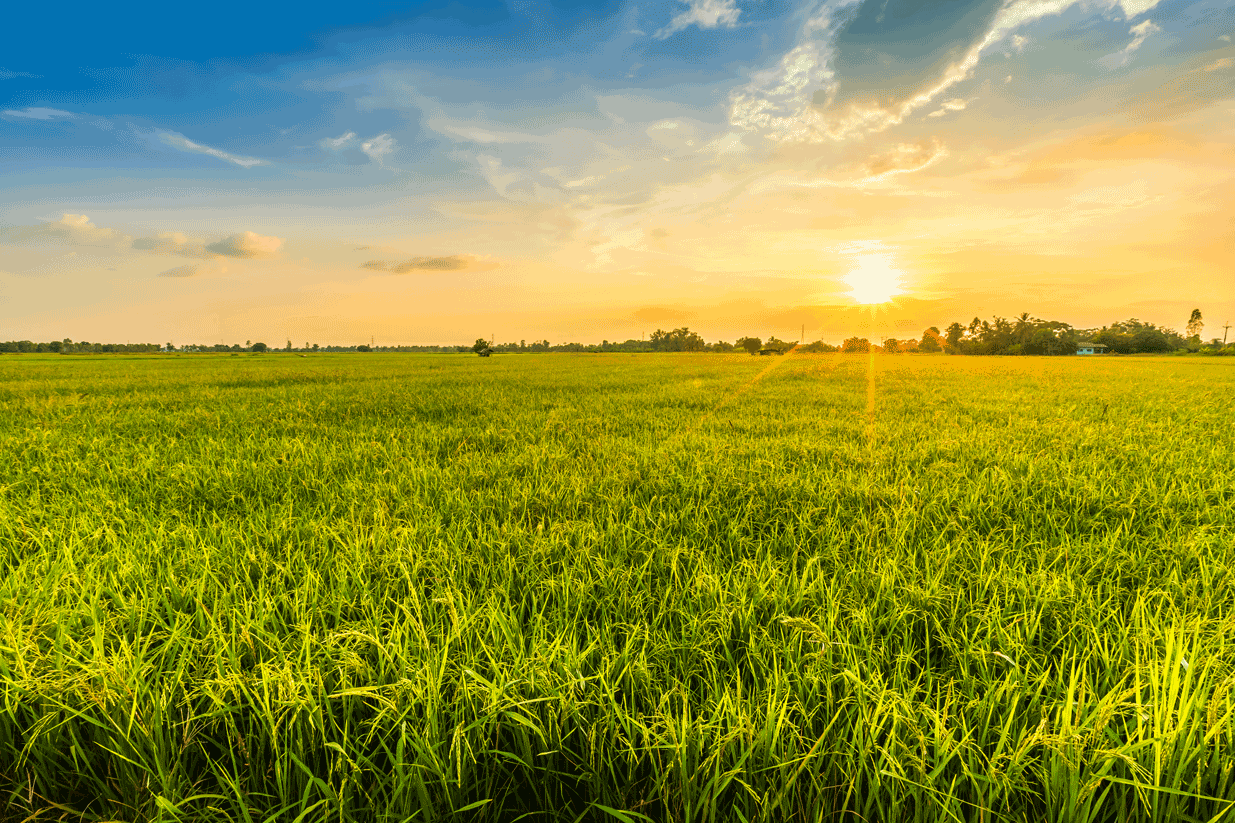On October 18, the federal government announced comprehensive plans to design and implement protections against perfluoroalkyl and polyfluoroalkyl substances (PFAS) – often referred to as “forever chemicals.” PFAS have been manufactured and used since the 1940s and are now found in many environmental settings, and most Americans’ blood. These plans were rolled out through statements by President Biden and longer pronouncements by the Environmental Protection Agency (EPA), Department of Defense, Food and Drug Administration, Department of Agriculture, Department of Homeland Security, and Department of Health and Human Services.
The remainder of this note provides basic information about PFAS, and EPA’s new “PFAS Strategic Roadmap: EPA’s Commitments to Action 2021-2024.”
Read More
Tags:
EPA,
Environment,
PFAS,
NIEHS
October 17 was the 35th anniversary of the enactment of the Emergency Planning and Community Right-To-Know Act of 1986 (EPCRA, also referred to as SARA Title III). EPCRA presents several separate programs, including release prevention and reporting for a fairly short list of extremely hazardous substances (which I discussed HERE), inventory reporting for most hazardous materials (which I discussed HERE), and filing of annual toxic chemical release inventory reports with the Environmental Protection Agency (EPA) and the state, on one of two forms (Form R or Form A) – usually called the Toxics Release Inventory (TRI) program (which I’ve discussed several times, including HERE).
EPA is celebrating the TRI program anniversary on its website. Meanwhile, the agency has also proposed to add an additional dozen chemicals to the TRI reporting list. The reminder of this note summarizes these activities.
Read More
Tags:
EPA,
Environment,
Toxic,
Toxics Release,
TRI
The federal Council on Environmental Quality (CEQ) has proposed to revise its regulations administering the National Environmental Policy Act (NEPA) of 1969. NEPA requires federal agencies to assess the environmental effects of their proposed actions, and incorporate this information into their decisions. Government-wide guidance is provided by the White House’s CEQ, established by NEPA and appointed by the President. CEQ issues formal regulations that agencies must follow, and guidance documents that provide additional advice. CEQ also reviews agencies’ NEPA implementation programs, and publishes annual national Environmental Quality Reports.
Read More
Tags:
Environmental,
EPA,
NEPA,
CEQ
On September 23, 2021, the US Environmental Protection Agency (EPA) announced final rules to phase down production and consumption of specified hydrochlorofluorocarbons (HFCs) (I wrote about the proposal HERE). These HFCs are used in refrigeration and air conditioning and fire suppression, and as foam blowing agents and solvents. These rules are consistent with directives included in the 2016 Kigali Amendment to the United Nations-sponsored Montreal Protocol on Substances that Deplete the Ozone Layer (which I wrote about HERE). The US finally enacted statutory support for Kigali-like requirements in the December 2020 coronavirus relief bill (American Innovation and Manufacturing Act of 2020 (AIM Act)), which included dozens of unrelated provisions within its 5,593 pages.
Read More
Tags:
EPA,
climate change,
Environment,
HFCs,
Montreal Protocol,
Ozone Layer
Solid waste management has come a long way since enactment of the Solid Waste Disposal Act (SWDA) of 1965 to address the national “landfill crisis.” The Environmental Protection Agency (EPA) applies SWDA authority to adopt landfill standards, which are administered by state and local governments. EPA also empowers these state and local governments to do more, not just through additional disposal standards, but through expanded requirements for recycling and resource recovery efforts designed to keep more solid wastes out of landfills. In addition, extended management programs impose “product stewardship” and “extended producer responsibility” on manufacturers. This note discusses these introduces these ideas, and summarizes the extent of state programs that apply them.
Read More
Tags:
EPA,
SWDA,
Environment,
environmental law,
Recyclable,
Stewardship Program
The US government promulgates a “National Oil and Hazardous Substances Pollution Contingency Plan” – more commonly referred to as the National Contingency Plan (NCP) – as the blueprint for responses to spills of oil and hazardous substances. The NCP is used for responses under the Clean Water Act (CWA) and the Superfund law (Comprehensive Emergency Response, Compensation and Liability Act (CERCLA)), and is overseen by the Environmental Protection Agency (EPA) (although you should note that the first NCP was issued in 1968, not only before CWA and CERCLA were enacted, and even before EPA before was created).
Read More
Tags:
EPA,
CERCLA,
Clean Air Act,
NCP
On May 28, the Biden Administration issued its budget proposal for federal Fiscal Year (FY) 2022 (October 1, 2021 through September 30, 2022). As anticipated based on statements from Mr. Biden while a candidate and since his inauguration, the proposal includes many dramatic changes from former president Trump’s proposed budgets. The administration proposes a 21.6 % ($2 billion) increase in the budget for the Environmental Protection Agency (EPA) budget above EPA’s adopted 2021 budget of $9.2 billion. Roughly 90 percent of this increase is related to climate controls and environmental justice, broadly defined.
Read More
Tags:
Environmental,
EPA
The federal Clean Air Act (CAA) requires the U.S. Environmental Protection Agency (EPA) to establish and maintain national air quality standards, including criteria for permits and other authorizations issued to (potential) emission sources by state or local air quality management agencies (with EPA itself as the default regulator if other agencies fail). Forms of authorization include permits for specified stationary emission sources, and equipment/emission standards for mobile sources and some components of stationary sources. Almost all requirements apply to “direct sources” – the equipment or activity that directly produces emissions.
Read More
Tags:
Environmental,
EPA,
CAA,
SCAQMD,
emissions,
warehouses,
WAIRE
Summer has arrived, bringing record-breaking heat to parts of North America. It's time to remember that outdoor work in the summer sun can lead to heat illness, as can indoor work in spaces that aren’t sufficiently insulated or cooled.
In the United States, the federal Occupational Safety and Health Administration (OSHA) and most state OSH programs provide guidance to employers and their workers. California's Division of Occupational Safety and Health (Cal/OSHA) administers detailed regulatory requirements for outdoor first promulgated in 2005, and Washington has enforced state-level rules since 2007. Canadian occupational health and safety agencies also recognize “thermal stress” as a workplace hazard, with attention to both heat and cold. California has been working on standards for indoor workplaces since 2017.
If you have outdoor workers in California you must comply with the following requirements, while if you're anywhere else you should at least consider them.
Read More
Tags:
EPA,
CalEPA,
Canada,
Heat Wave,
Heat
On April 29, the Ninth Circuit (federal) Court of Appeals issued an important ruling on national pesticide regulation, directed at the controversial organophosphate insecticide chlorpyrifos. The order directs the Environmental Protection Agency (EPA) to act within 60 days to either announce an enforceable safe exposure level for use, or to ban the pesticide. The case, League of United Latin American Citizens (LULAC) v. Regan, interprets and applies the Federal Insecticide, Fungicide and Rodenticide Act (FIFRA), and related authority under the Federal Food, Drug, and Cosmetic Act (FFDCA). This decision is the latest step in controversies dating to 2006, involving years of EPA inaction spanning the Obama and Trump administrations.
Read More
Tags:
EPA,
FFDCA,
NRDC,
Chlorpyrifos pesticide,
FIFRA










